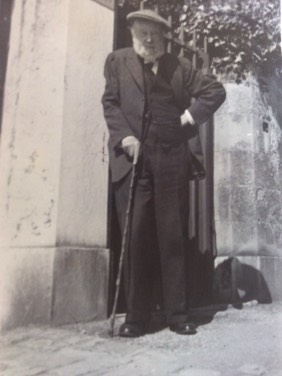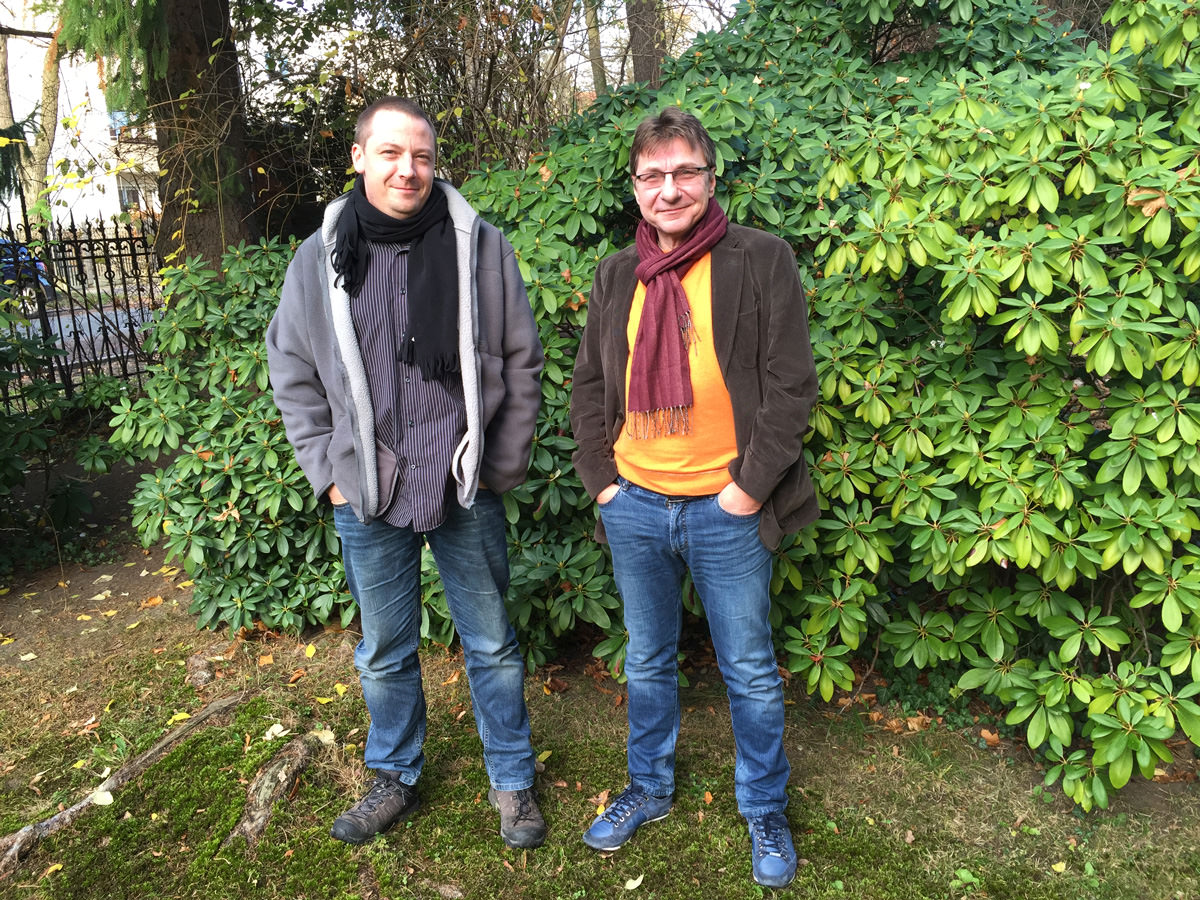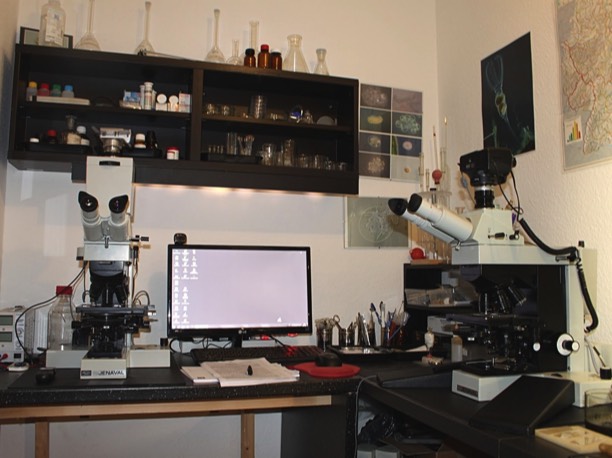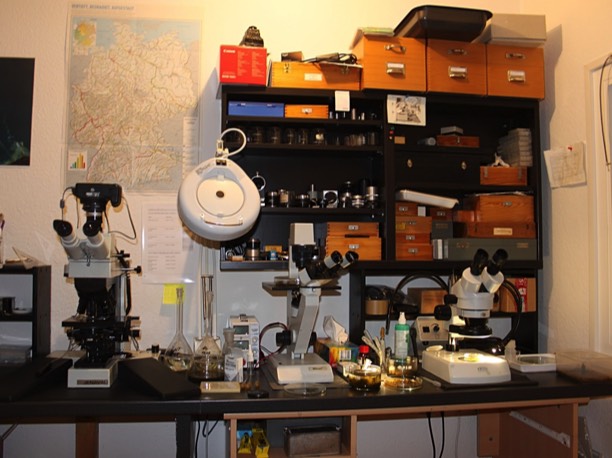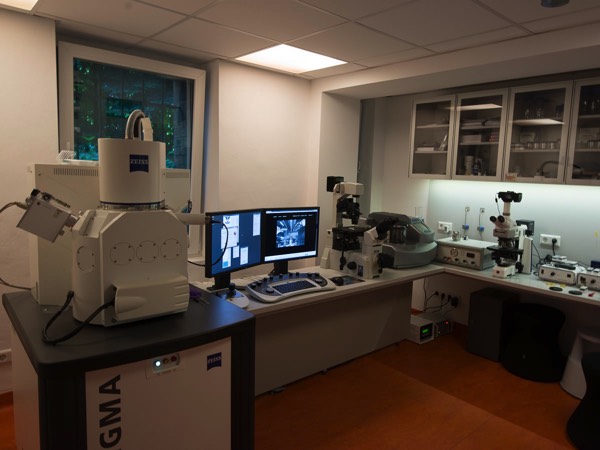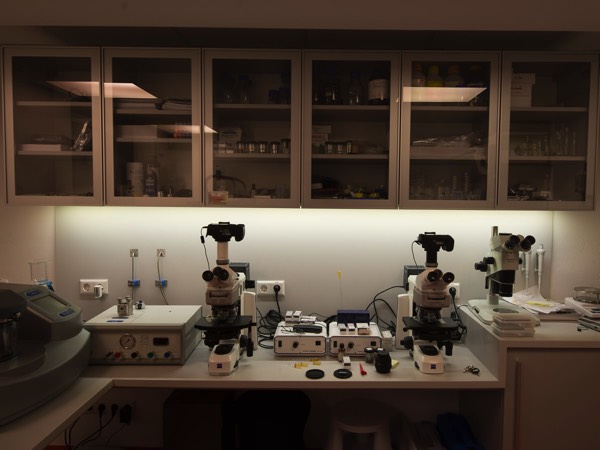Eugène Penard was born on September 16, 1855 in Geneva. His father was the director of a private school in Geneva. Eugène had a brother and two sisters. After finishing college in Geneva (1872) Eugène Penard was trained at a bank where he worked as a cashier. In 1881 he and his parents decided that he should rather become a scientist. Off he went to study Greek, Latin, and natural science at the Universities of Edinburgh and Heidelberg (in Otto Bütschli's laboratory). He returned to Geneva in 1882 and became a zoological student of Prof. Karl Vogt (1817-1895). In 1883 he interrupted his studies to work as a private teacher of the young Prince Orlow in St. Petersburg. After returning to Geneva in 1886 he finished his studies and focused on protists. For his work on
Ceratium hirundinella he was awarded a Doctor of Sciences degree from the University of Geneva in 1887. Afterwards he moved to Wiesbaden in Germany to work as a private teacher for the family of Baron Belevski (1887-1890). After returning yet again to Geneva, Penard traveled a lot and even stayed in the Rocky Mountains for nearly half a year to collect plants and amoebae. In 1892 he moved back to St. Petersburg as a private teacher. In his own words, in Russia he did not spend more than 5 minutes observing through the microscope!
He returned to Geneva with a Russian bride who had also worked as a teacher for Prince Orlov and got married in 1900. The money that he had made as a private teacher allowed the humble Penard now to focus his studies entirely on protists! In 1902 he published "Faune rhizopodique du Bassin du Léman" and this was followed in 1904 by "Les Héliozoaires D'eau Douce". In addition to these major works, Penard published over 90 scientific articles in Englisch, German, and French, mainly about protists. His knowledge of amoebae and heliozoans cannot be overstated. Since he published "Les sarcodinés du Loch Ness" in 1905 we also know that "Nessie" cannot be an amoeba because otherwise Penard would have found her!
In the year 1922 after having worked for more than 15 years on his book "Etudes sur les Infusoires d'eau douce" his eyesight deteriorated rapidly and he was strictly forbidden to use a microscope! Thus at the age of 67, at the peak of his career, his professional life as a researcher was practically over. Penard had described approximately 530 new species, about 60% of them amoebae and heliozoans, and published over 2.300 pages on protists!
But there is yet another side to Penard! To relax from his professional work Penard wrote adventure stories for young people. Between 1905 and 1912 he published five such books and between 1929 and 1939 another four. When his wife passed away in 1946 Penard retired to an old age home were he lived for another 9 years.
Penard was a very polite and modest man, highly liked by his friends and fellow scientists. He kept a lively correspondence with other scientists and many who traveled through Switzerland made a detour to Geneva to visit Penard.
Based on a necrology by Gottfried Huber-Pestalozzi. The photograph of Penard was probably taken in 1948 at a visit by Dr. H.R. Hoogenraad, a well known Dutch researcher of protists.